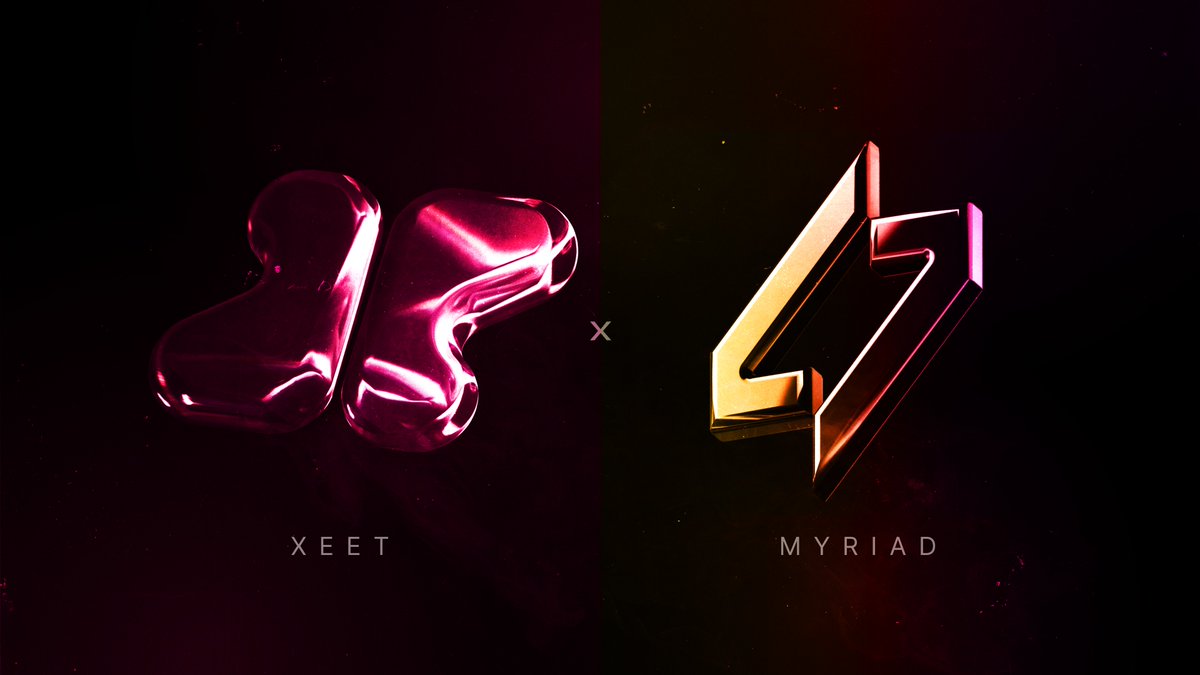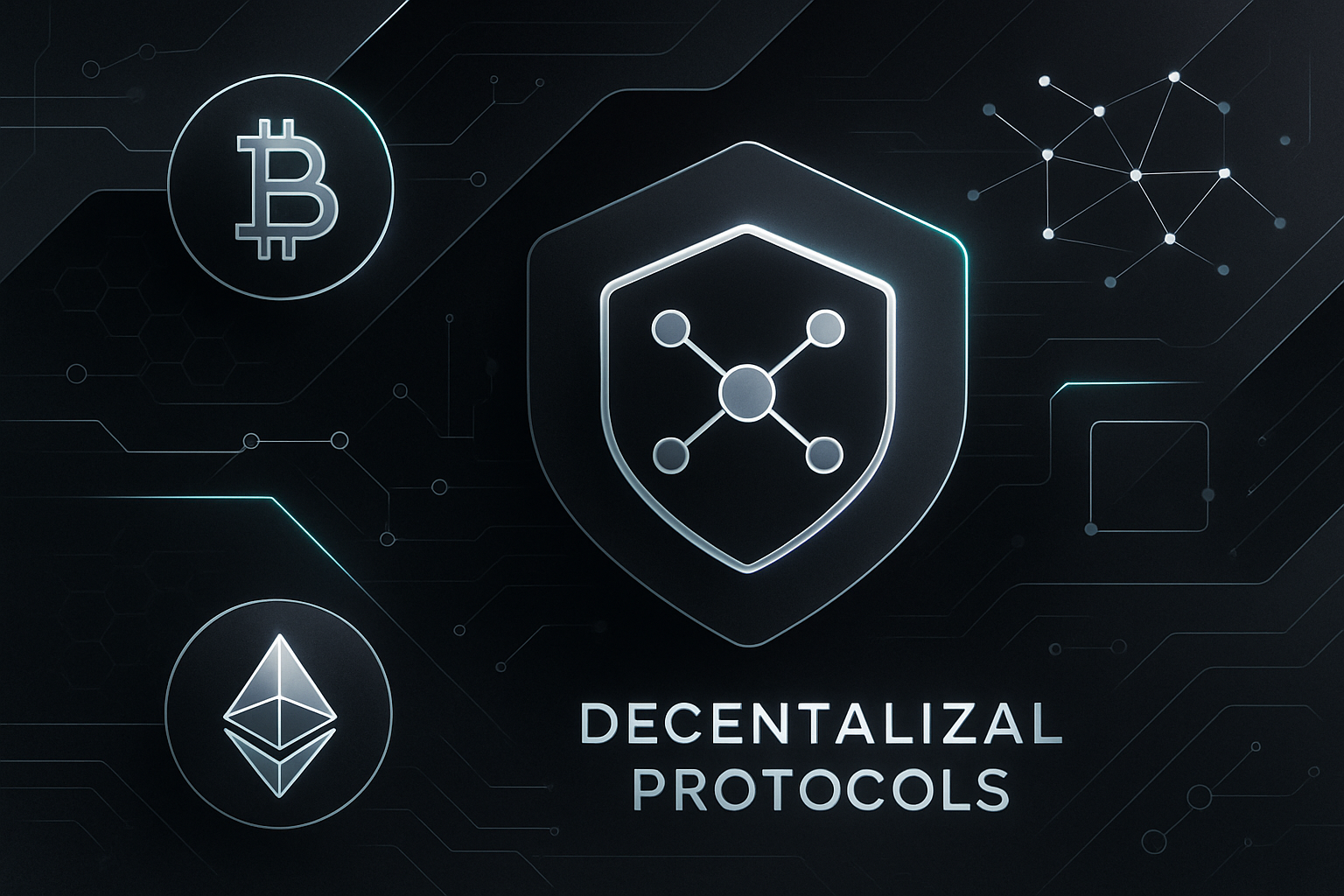How Dojo Reserve and Xeet Multipliers Drive Sustainable Value in Fully On-Chain Web3 Games

Fully on-chain Web3 games have reached a pivotal moment in 2025, as new economic primitives like the Dojo Reserve and Xeet Multipliers set a fresh standard for sustainable value creation. These mechanisms don’t just patch the problems of old play-to-earn models – they fundamentally rewire how value, incentives, and community rewards flow through the heart of on-chain gaming ecosystems. If you’ve watched Chimpers or explored recent MUD/Dojo titles, you’ve likely seen these concepts in action or discussed across crypto Twitter.

The Dojo Reserve: Active Treasury Management for Resilient Token Economies
The Dojo Reserve is not just another staking pool or passive treasury. Instead, it’s an active protocol layer designed to stabilize and empower Web3 gaming economies by:
- Bonding: The protocol acquires assets (such as game tokens or NFTs) via bonding mechanisms, ensuring a deep liquidity base that can support price stability even during market volatility.
- Staking Incentives: Long-term holders are rewarded for their commitment, creating a virtuous loop where players are incentivized to stay engaged rather than chasing short-term gains.
- Value Redistribution: Success at the game or ecosystem level translates into direct benefits for players and creators through reserve-backed rewards.
This approach addresses one of the biggest challenges in blockchain gaming: how to avoid inflationary death spirals while still rewarding participation. The success of Chimpers is a prime example, where the Dojo Reserve has converted ecosystem growth directly into community rewards – not just speculation. For an in-depth breakdown of how these reserves work across multiple games, see our analysis at How the Dojo Reserve Powers Sustainable On-Chain Game Economies in 2025.
Xeet Multipliers: Supercharging Engagement and Rewards
If Dojo Reserve is about long-term economic health, Xeet Multipliers are all about amplifying daily excitement and activity within on-chain games. These multipliers act as dynamic incentives that can boost player rewards based on their actions, achievements, or even their willingness to lock up assets for longer periods. Here’s what makes Xeet Multipliers stand out:
- User-Centric Design: Players receive increased returns (such as extra XP, loot drops, or token emissions) by opting into multiplier programs.
- Diverse Triggers: Multipliers can be tied to gameplay milestones, holding specific NFTs, participating in events, or contributing liquidity to game pools.
- Sustainable Loops: By combining multipliers with entry fee burns and external buybacks (instead of pure emissions), games avoid runaway inflation while keeping engagement high.
This model has proven especially effective in fully on-chain settings where every move is transparent and programmable. It also aligns with broader trends toward sustainable tokenomics – something both developers and players are demanding after years of unsustainable play-to-earn hype cycles.
The Synergy: Building Durable Value in MUD and Dojo Games
The real innovation comes when these two mechanisms work together. With the Dojo Reserve anchoring long-term value and Xeet Multipliers driving short-term excitement, developers can design economies that reward both loyalty and active participation. This dual approach helps address key pain points such as token price volatility and user retention – issues that have plagued earlier blockchain games built without robust economic infrastructure.
MUD/Dojo frameworks make this possible by allowing composable smart contracts that encode these incentive structures directly into gameplay logic. Developers no longer need to rely solely on off-chain promises or opaque treasury management; instead, every aspect of rewards distribution is visible and verifiable on-chain. This transparency builds trust among players while giving creators powerful tools to experiment with new forms of value sharing.
Real-world examples highlight just how transformative this synergy has become. Chimpers, for instance, is shifting its entire rewards structure by the end of 2025 to fully leverage these on-chain mechanisms. The result? A system where ecosystem growth translates directly into tangible benefits for active community members, rather than leaking out through unsustainable emissions or short-term speculation.
For developers, the combination of Dojo Reserve and Xeet Multipliers means better alignment between game success and participant rewards. When protocol treasuries are actively managed and multipliers are tuned to drive meaningful engagement, the entire economic loop becomes more resilient. Players no longer face the existential dread of token dilution or sudden reward drops; instead, their efforts feed back into a system designed for longevity and fairness.
What This Means for Players and Creators
For players, these innovations offer a more predictable and rewarding experience. Earning opportunities are grounded in real participation and community growth, not just speculative hype. With transparent bonding and staking options via Dojo Reserve and dynamic engagement incentives from Xeet Multipliers, players have more agency in shaping their own outcomes within each game ecosystem.
Creators benefit as well. Sustainable token economies mean less time firefighting inflation crises or patching broken reward loops, freeing up resources to focus on what truly matters: building fun, engaging games with thriving communities. MUD/Dojo’s composability makes it easier than ever to experiment with new models, whether that’s creator royalties tied directly to reserve performance or unique multipliers based on user-generated content.
This shift also opens up new design spaces for active treasury management, creator rewards blockchain games, and sustainable token economies. As more teams adopt these frameworks, expect to see a wave of innovation, not just in gameplay mechanics but in how value is shared across every layer of the gaming stack.
Looking Ahead: The Future of On-Chain Game Tokenomics
The integration of Dojo Reserve and Xeet Multipliers is already setting new standards for community rewards in fully on-chain games. As we move into 2026, expect even tighter feedback loops between player contributions and ecosystem value, driven by transparent smart contracts rather than centralized treasuries or opaque governance decisions.
If you’re exploring MUD/Dojo games as a player or builder, now is the time to get hands-on with these systems. The days of unsustainable play-to-earn models are fading fast; what comes next is a new era where every action feeds into a robust economic engine designed for both fun and financial resilience.




